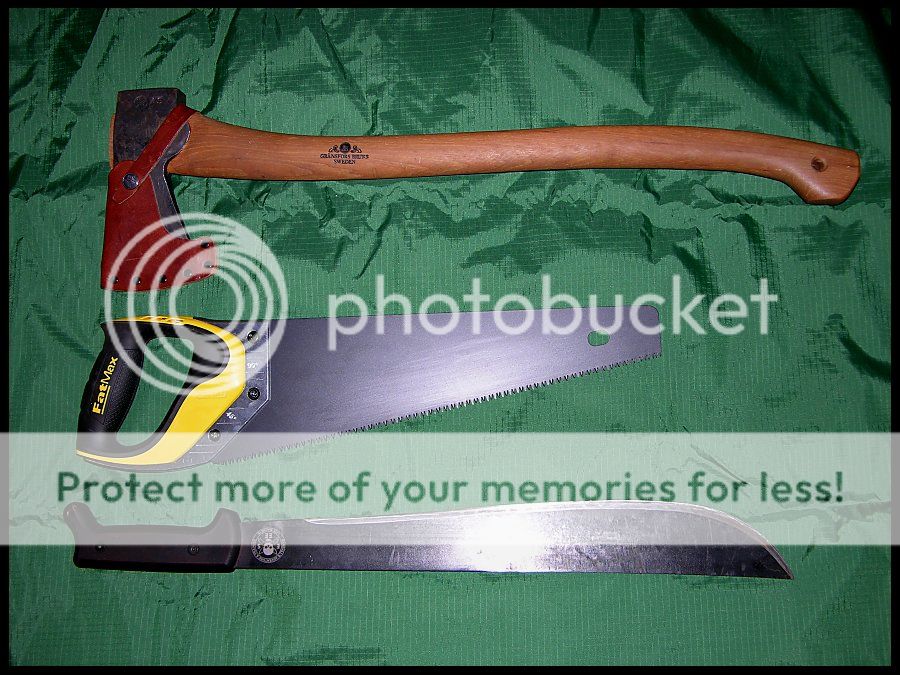The OP was asking for saw recommendations, not camping advice.
I think conflicting assumptions or styles of camping may be in play. Bushcrafting is both a great skill set and a philosophy about being in the woods while using primitive approaches and tools. Closer to the land.
But, when you put some form of travel or goal at the top of the list, like climbing a peak, skiing a traverse or getting to a hunting location, then that goal takes top priority. Primitive camping techniques for their own sake, however fun or useful they are, typically aren't the most efficient at achieving these goals.
Here's the OP, quoted in full.
Had a real interesting experience this weekend on an overnight hunt in 5f/-15c. Got in the woods around 5pm and had an incredibly vigorous 5 hour snowshoe up some very steep mountainous terrain with some very heavy packs(for dudes that arent in USMC shape or anything resembling it). left us pitching camp late and wanting a big ol' blaze of a fire to warm us up and keep burning into the night.
Processing firewood in the wild with our pretty gansfors axes was a chore! And being that exhausted from working hard at high altitude was killer. It freaked me out being that tired and throwing the large head of the full size axe around. The smaller axe was safer when used kneeling but tedious/tiring for sectioning.
I'll never go out in serious winter without a folding saw again- jurys still out on whether I baton the sections with a small axe or use a prybar survival blade.
What do you folks find works as a BACKPACKABLE winter wood-processing solution?
My answer, and the answer of several other experience winter campers is, "None of the above".
The OP is not asking for axe advise. He's asking very literally about "wood processing" and doing so in the context of cold conditions, under a heavy pack and while be physically spent. Cold conditions, heavy packs and being physically spent is something that a lot of winter climbers and skiers understand and what we've found is that the safest, most efficient and most comfortable solution to lighting fires is to use a good camp stove.
When I stumble into a winter camp site all spent from a long and more difficult ski than I had anticipated, I recognize, just as the OP did, that things are actually now dicey. Things could go good or they could take a turn for the worse, right now. Hand and legs are shaky. Mind is foggy. Temperature is about to plummet. Digging around the woods for wood spends extra calories for a very low pay off and it involves sharp objects. Bad combo.
Here's my routine for "wood processing" in such conditions...
1) Drop pack and top off with gorp and water to stay on top of game during next hour.
2) Put on windshirt or VBL shirt close to skin and fleece over that to start drying out fleece during camp set up.
3) Get tent up and secure (biggest gain for warmth, by far).
4) Get sleeping gear out and set up (ready to go). [As body cools off, put on high loft jacket]
5) Get out "in camp" supplies, including head lamp in ready pocket (night is coming fast)
6) Set up kitchen, brew tea and prepare to make meal
7) Make dinner and clean up.
8) If all systems are go, feet, hands and body cores are warm and camp is working well, think about small camp fire for fun.
I've switched to a small, light Emberlit for camp fires. Enough to give some warmth and comfort. Doubles as a back up stove. Minimizes harvesting time and ash impact. Fires can be started (even splitting small tinder) with a small 3"-4" bladed folding knife.




















